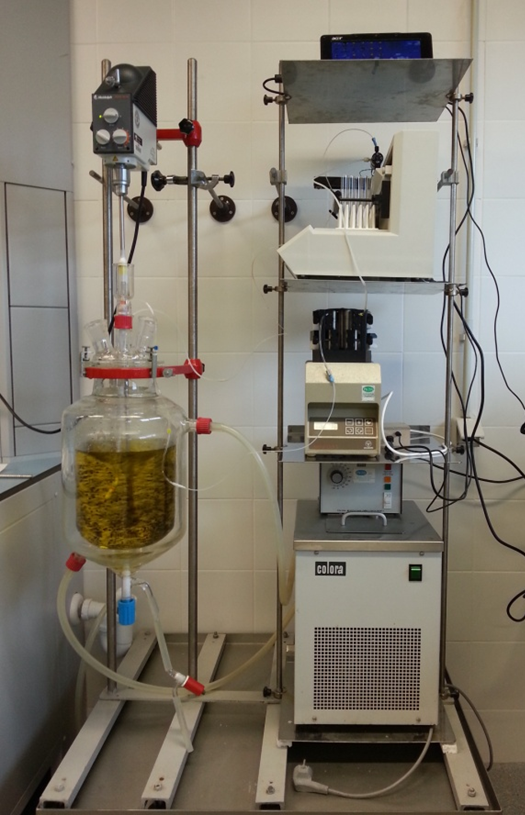Biosorption for water treatment. A green technology for environmental sustainability
Plenary Session
Chemical Engineering Department
Escola Politècnica Superior
Universitat de Girona (Spain)
E-mail: isabel.villaescusa@udg.edu
Green chemistry also called sustainable chemistry involves designing novel ways to create and synthesize products and implement processes that will eliminate or greatly reduce negative environmental impacts. Whereas environmental chemistry focuses on the effects of polluting chemicals on nature, green chemistry focuses on technological approaches to preventing pollution and reducing consumption of non-renewable resources.
During the last two decades biosorption has proved to be an effective technology in removing even very low levels of heavy metals. Biosorption of heavy metals by biomass occurs as a result of physicochemical interactions, mainly ion exchange or complex formation between metal ions and the functional groups present on the cell surface. The cell surface may contain various functional groups, such as phosphate, carboxyl, amine, amide, hydroxyl, sulfhydryl, that are able to bind metal ions. The use of dead biomass, since sorption mechanisms are not metabolic dependent, can eliminate problems connected with biosorption performance of live biomass, which depends on nutrient, cell age and toxicity tolerance of microorganisms. In addition, the use of dead biomasses is easy: they can be stored, easily regenerated and reused. During the last decades different types of biomasses (bacteria, fungi, yeast, algae, vegetable waste) have been investigated for their potential use as sorbents of metal ions.
Moreover, the mechanism by which a sorbent binds metal ions has received increased attention in the last years, as the advantages linked to better understanding of these mechanisms have become more apparent. The knowledge of the mechanism is the main key that allow to modify the operational conditions under which the sorbent and the sorbate can interact in the most effective way, resulting in more efficient performance of the biosorption process. Mathematical models have also an important role in technology transfer from laboratory-scale to industrial-scale. Appropriate models can be useful to analyze and explain the experimental data as well as to predict the effect of the variation of different operation parameters on the process efficiency.
This paper will present an overview of the biosorption studies carried out in our laboratories by using agro-food wastes as sorbents for the removal of metal ions and organic compounds from aqueous effluents. This study demonstrates that once the knowledge about sorption processes is adequate the technology can be scaled from lab-scale to industry-scale. Biosorption is an effective, low cost, sustainable and eco-friendly alternative to existing conventional technologies for pollutants removal from aqueous streams. Furthermore the use of wastes generated by agro-food industries as sorbents is an attractive opportunity as it combines two goals the detoxification of wastewaters and the reuse of waste materials resulting in a green technology for the environment sustainability.

Share: